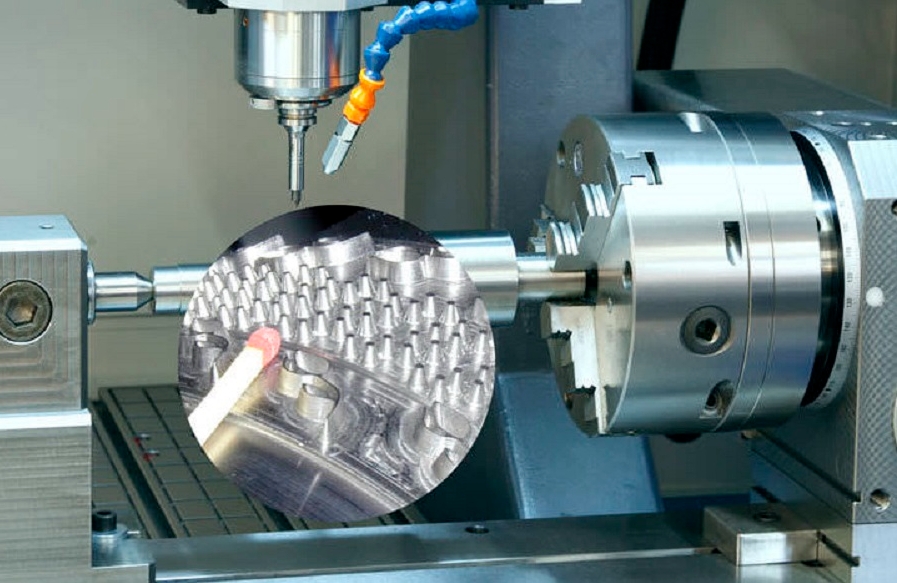Setting the Industry Standard: Innovative Solutions for Enhancing Precision in CNC Machining+ View more
Setting the Industry Standard: Innovative Solutions for Enhancing Precision in CNC Machining
+ View more
Date:2024-03-12 16:00
In the field of manufacturing, the precision of CNC (Computer Numerical Control) machining technology is directly linked to product quality and competitive edge. This article discusses how to improve the precision of CNC machining through innovative solutions and illustrates the approach with a real case study from BMW Group.
Accurate Design and Pre-Processing
Everything begins with accurate design. Utilizing advanced CAD/CAM software for part design ensures precise parameter transfer to the machine tool. Pre-processing work, such as material selection, positioning, and clamping methods, is also crucial. For instance, employing precision fixture systems can control positional tolerances within ±0.005mm during the machining process.
Selecting the Right Machine Tools and Cutting Tools
High-quality machine tools and cutting tools form the foundation for high-precision machining. For example, five-axis CNC machining centers can provide more complex cutting angles and efficient machining paths with position accuracy reaching ±0.002mm. Additionally, it's essential to select cutting tools that are highly wear-resistant and have long service lives to minimize error accumulation during the manufacturing process.
Regular Equipment Maintenance and Calibration
Routine maintenance and regular calibration of equipment are vital for maintaining long-term machining precision. Core components of machine tools, such as ball screws and guide rails, need lubrication and inspection following the manufacturer's recommended intervals to prevent precision degradation due to wear.
Implementing Quality Management Systems
Quality management systems with international certifications like ISO 9001 offer a comprehensive management framework for CNC machining precision. This includes strict controls over processing steps, such as quality checks on input materials, process monitoring, and dimensional and functional testing of final products.
Case Analysis: BMW Group
The BMW Group applies multi-axis CNC machining technology in its engine production line to ensure the precision of engine components. Take, for example, the manufacture of the BMW M series high-performance engines, which require extremely high precision and performance. BMW uses automated CNC machining centers to machine crankshafts with stringent precision requirements, maintaining tolerances within ±0.004mm. Further, each part is subject to precise inspection with Coordinate Measuring Machines (CMM) post-machining to verify dimensions and shapes against design specifications. This dedication to precision ensures that every BMW M series engine delivers exceptional power output and reliability.
Conclusion
The manufacturing industry is undergoing rapid transformation, and the continual improvement of CNC machining precision is at the core of this change. The innovative solutions outlined above can significantly help businesses enhance product quality, producing goods that meet or even exceed industry standards, thus standing out in fierce market competition. By persistently seeking technological breakthroughs and meticulous management, enterprises can establish their status as industry leaders.
Share to:
Recommend wonderful blog posts

